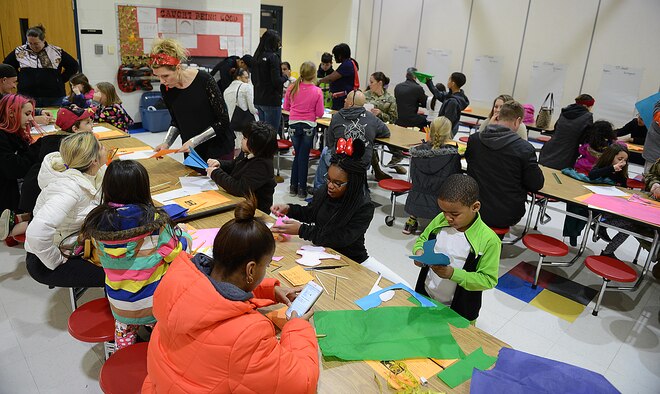 How many times do we here the words, "When will I ever use this?" in math class? In the media? Every couple of years, there is an editorial in a major newspaper questioning the relevance of teaching students algebra, and questions about whether or not it is necessary for all students to learn.
How many times do we here the words, "When will I ever use this?" in math class? In the media? Every couple of years, there is an editorial in a major newspaper questioning the relevance of teaching students algebra, and questions about whether or not it is necessary for all students to learn.Math teachers often lament hearing their students ask this very question. We can reply with general, well-meaning answers including statements that it helps build problem solving skills, good work habits, the ability to follow procedures, and the ability to think logically. I've seen lists of careers that depend on higher math (most of which will be sadly outdated by the time students graduate), or a chart of expected income based on the level of math successfully completed. But few actually answer these questions specifically, head-on. I often find myself wondering why this questions persists, and also, why so many of us dread it and skirt the issue.
When I took math in high school, the purpose of most of what we worked on was a complete mystery. However, I did not feel free to ask questions such as "How do we know this?", "How is this used?" and "Who discovered this, and why?", for fear of being considered rude and disrespectful. The answers would have meant a great deal to me as a student. It might have given me reason to finish the pages of textbook-based problems assigned each night on a more regular basis. I also wonder if this lack of connection might not lie at the root of our society's math phobia problems. When learning happens in isolation without the benefit of connecting to relevant applications, it becomes by default a mystery, much like an untranslated ancient language.
Luckily, the Rosetta Stone for math exists through simple internet searching. Math appreciation through learning about how, where, why and by whom the concepts were developed and learning about abstract and concrete connections of concepts and applications are all readily available.
Math teaching has changed somewhat since then, but there is still a tendency toward abstraction without explanation and connection as students move into more complex math, and this, I believe, is one area in which math instruction can and must improve. While it is true that there is a great deal of material to "cover" in the higher grades, what purpose is there to this if students fail to see the relevance and drop or fail out of it, or simply go through the motions of applying algorithms without seeing the purpose and beauty within?
There are countless YouTube resources about the history and demonstration of various math concepts and applications. There are also wonderful apps and online manipulatives such as Gizmos and the line-graph intuition app by Sal Khan that help students visualize and make those connections. As teachers, we need to use these tools not only in the lower grades, but through middle school and beyond. For quirky takes on concepts, there is ViHart.
But why not ask the students to work across the curriculum and discover those answers for themselves? They could create a historical video, a comic strip, a simple paper, a song/parody, booklet, interpretive dance (like the trigonometric functions dances and circle dances that already exist), etc. around the history and use of a given mathematician or concept. Yes, this will take time from "covering the material" in class, but taking a period or two to do this just might improve student engagement and investment over the long term.
Resources:
Videos:
It's OK To Be Smart
Standup Maths (Matt Parker)
Numberphile
TedEd (also search this channel for "math" for a more specific playlist)
ViHart
Representation:
Hidden Figures
The ADA Project (also see this NPR article)
Multicultural Mathematics
General Math History:
History of Maths
The Story of Maths
Apps and other resources:
Gizmos
National Library of Virtual Manipulatives
YouCubed
Solve Me Mobile Puzzles


